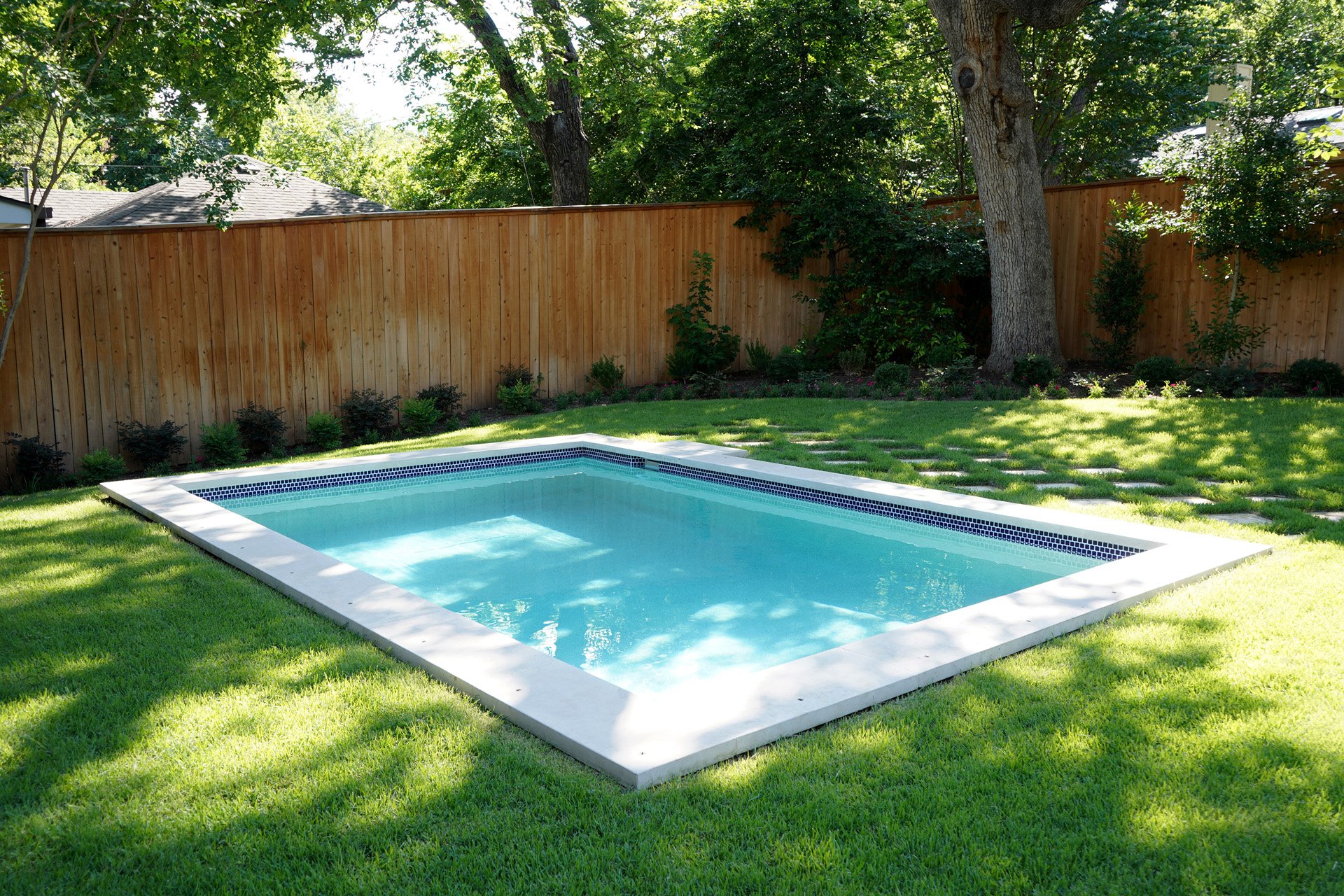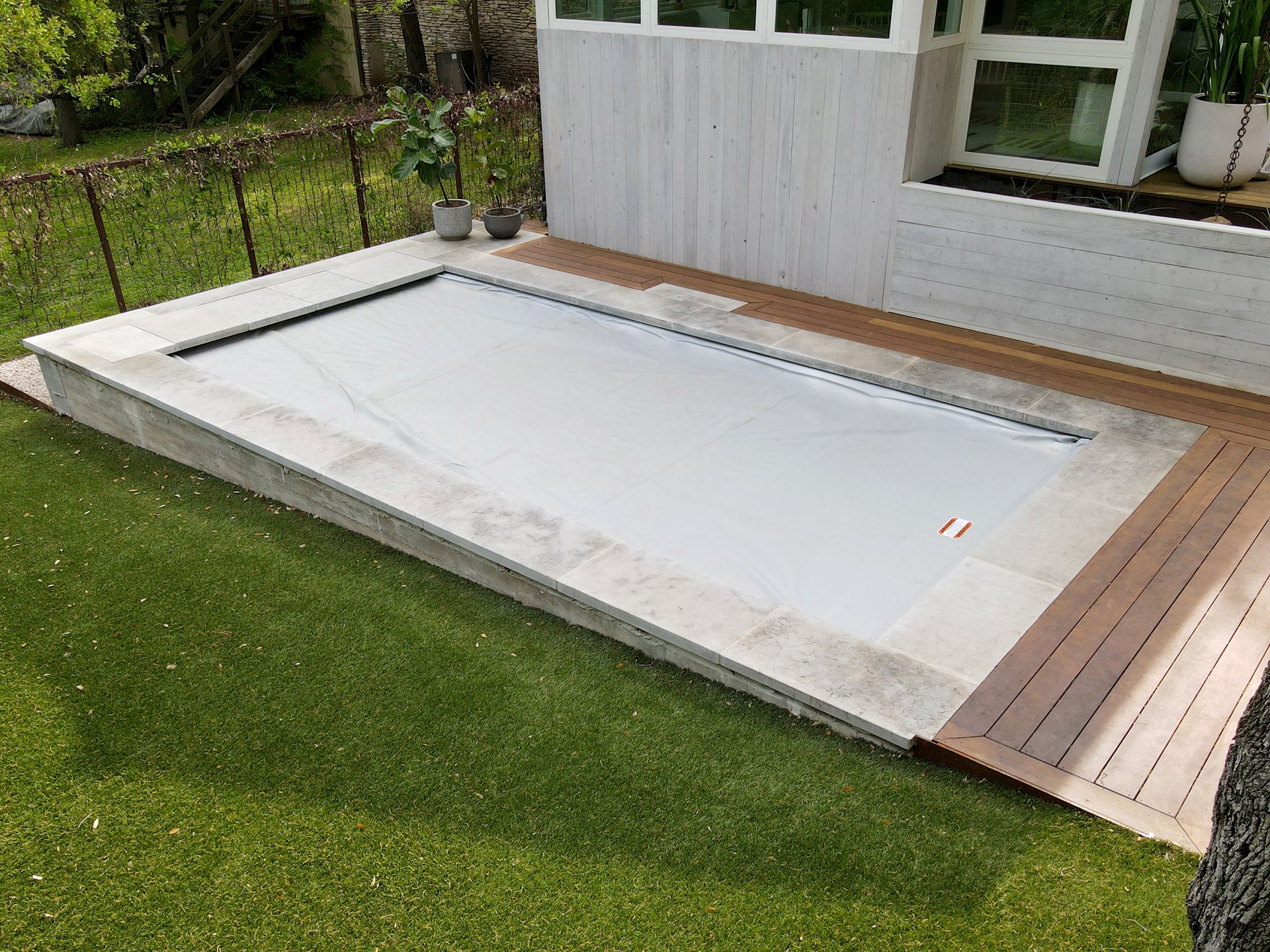Understanding Pool Barrier Code Requirements in Austin, Texas
Building a Tiny Pool in your backyard can be a delightful addition to your home, providing hours of fun and relaxation. However, it's essential to ensure that your pool is safe. Austin has specific pool barrier code requirements in place to prevent accidents and keep your loved ones safe. In this blog post, we'll provide an overview of these regulations to help you ensure your pool complies with Austin's safety standards and satisfies the requirements during the final inspection process.
Why Pool Barrier Codes Matter
Pool barrier codes exist to protect the safety of children and vulnerable individuals. Drowning is a leading cause of accidental death among children, and many of these incidents occur in residential pools. By adhering to pool barrier code requirements, you can reduce the risk of accidents and ensure that your pool area is secure for everyone.
Austin's Pool Barrier Code Requirements
The Austin City Council voted on June 4, 2020 to adopt the 2018 International Swimming Pool and Spa Code (ISPSC). According to the code, an outdoor swimming pool, spa, or indoor swimming pool must be surrounded by a barrier if it is not equipped with a powered safety cover (more on that later).
Fence or Barrier Height: The top of a pool barrier should be at least 48” above grade, measured on the side of the barrier which faces away from the swimming pool. The maximum clearance at the bottom of the barrier should not exceed 4” above the surface or ground when the measurement is done on the side of the barrier facing away from the pool. If the bottom of the gate or fence rests on a non-solid surface like grass or gravel, that measurement should not exceed 2”.
Spacing requirements:
For a barrier made up of horizontal and vertical members: if distance is between the horizontal members is less than 45”, the horizontal members should be on the swimming pool side of the fence. Also the spacing between vertical members should not exceed 1¾”.
If the distance is more than 45”, the spacing between the vertical members should not exceed 4”.
For horizontal fence, the distance between horizontal members cannot be larger than ¼” and a vertical member must be present every 45”.
For a chain link fence, the mesh size should not exceed 1.25” square. For latticework, the maximum opening in the latticework should not exceed 1.75”.
Gates: Pool access gates must be equipped with self-closing and self-latching mechanisms. The latch should be positioned at least 54 inches above the ground to be out of a child's reach.
Using your home as part of the barrier
Where a wall of your home serves as part of the pool barrier, and where doors or windows provide direct access to the pool, there are some additional requirements.
Alarms: Any operable windows with a sill height below 48” from the indoor finished floors and doors with direct access to the pool must have an alarm installed.
Alarms must be listed and labeled in accordance with UL 2017. These alarms produce an audible warning when the window, door, or screen is opened. The operable parts of the deactivation switch must be located 54” or more above the finished floor.
Here is a quick video explaining the alarm requirements:
Alternatively, you may install ASTM F2090 listed window locks in lieu of the UL 2017 alarms.
ASTM F1346 Powered Safety Covers
If you choose to install an automatic safety cover, the cover satisfies the pool barrier code requirements — meaning you don’t need to have a fence, gates, and alarms around your pool to pass your final inspections.
The automatic safety cover option that we install complies with ASTM F1346, and we will work with City inspectors to provide documentation that demonstrates compliance.
Conclusion
Always remember that pool safety is a shared responsibility, and it starts with you. By adhering to the pool barrier code requirements in Austin, Texas, you are taking a proactive step in preventing accidents and promoting a safe, enjoyable swimming experience for everyone.
For more water safety tips and resources, please visit our friends at Colin’s Hope. Feel free to reach out to us if you have any questions about pool safety!




